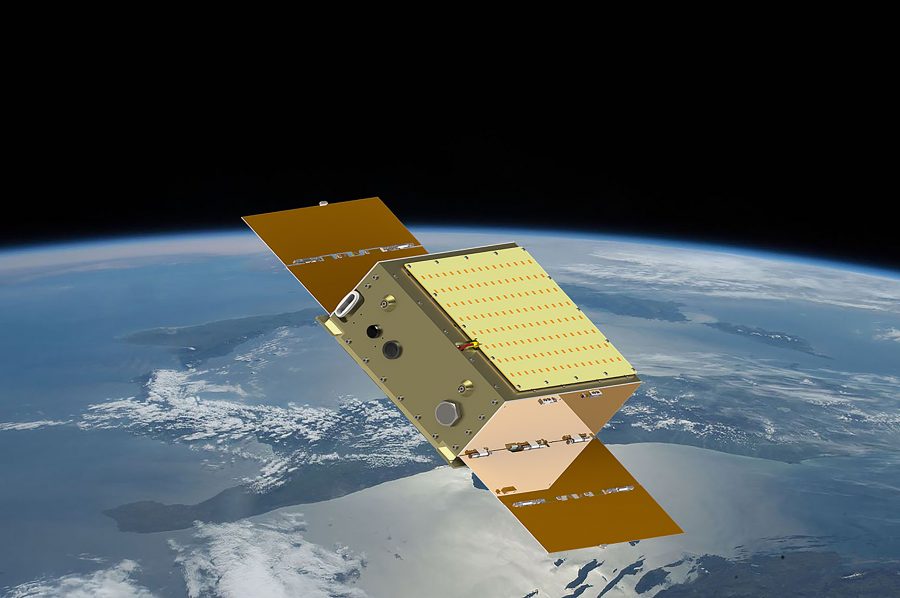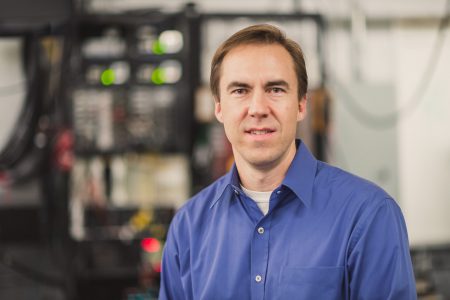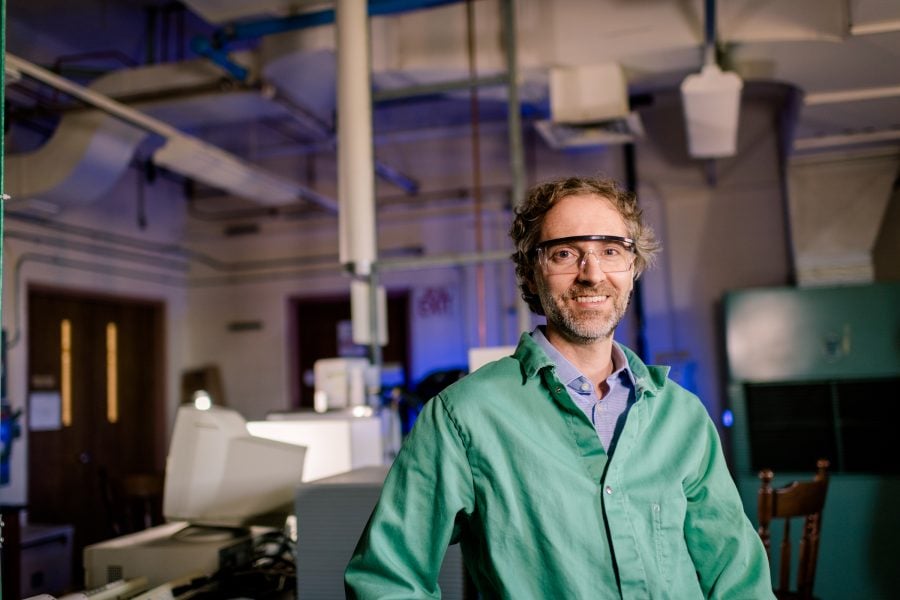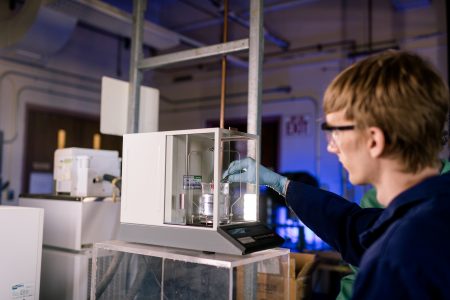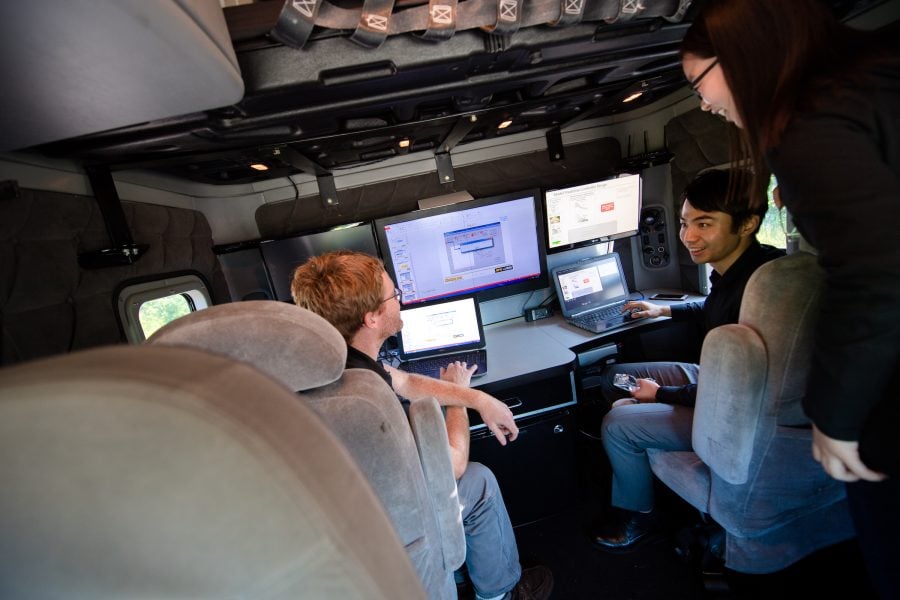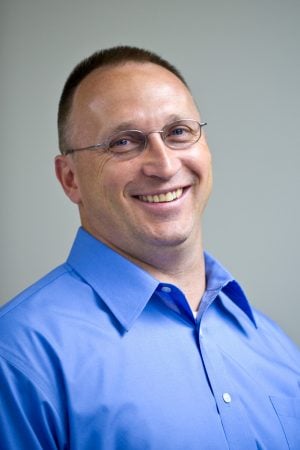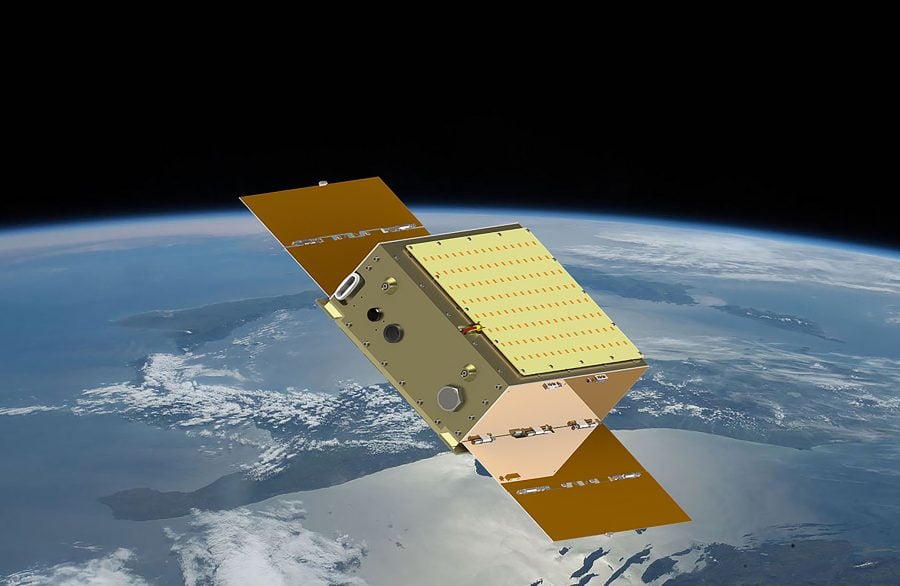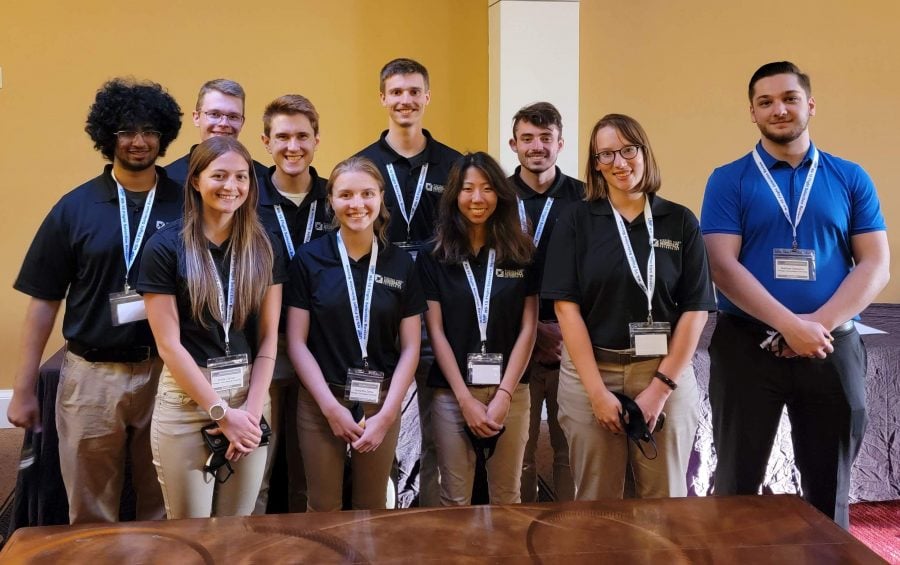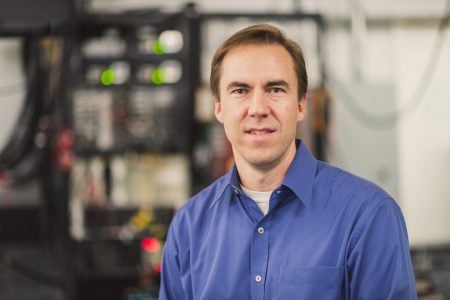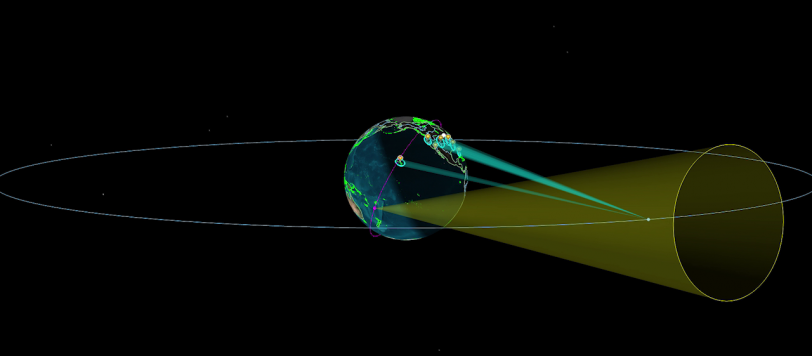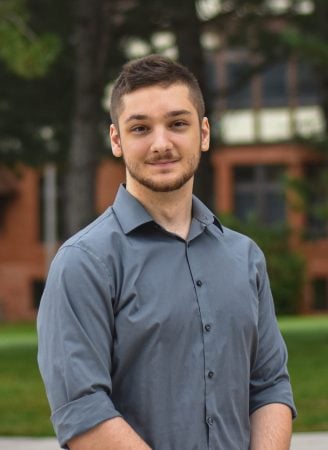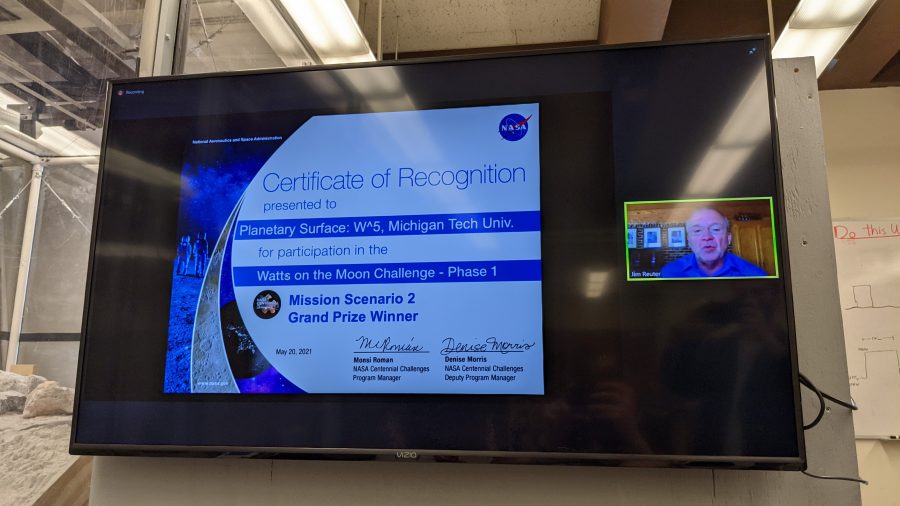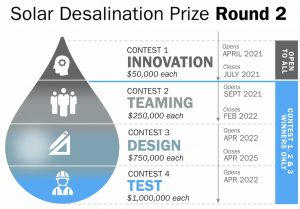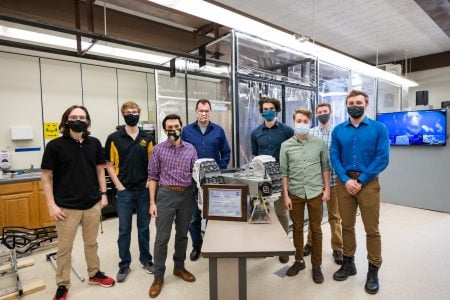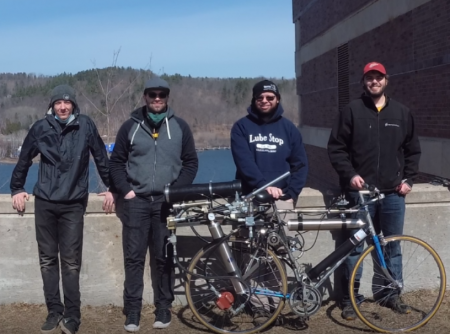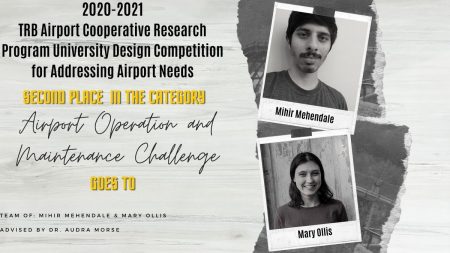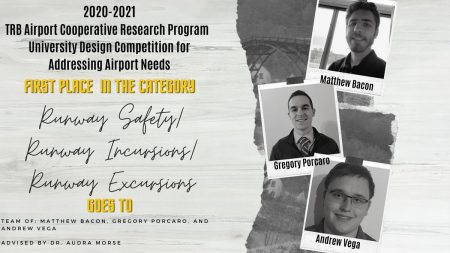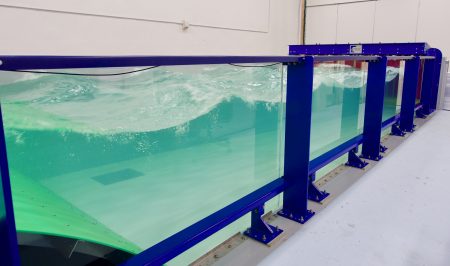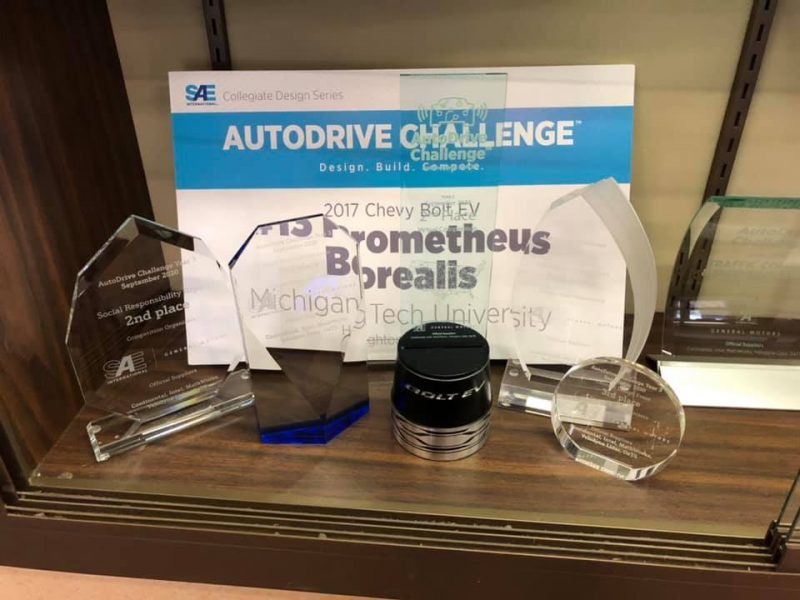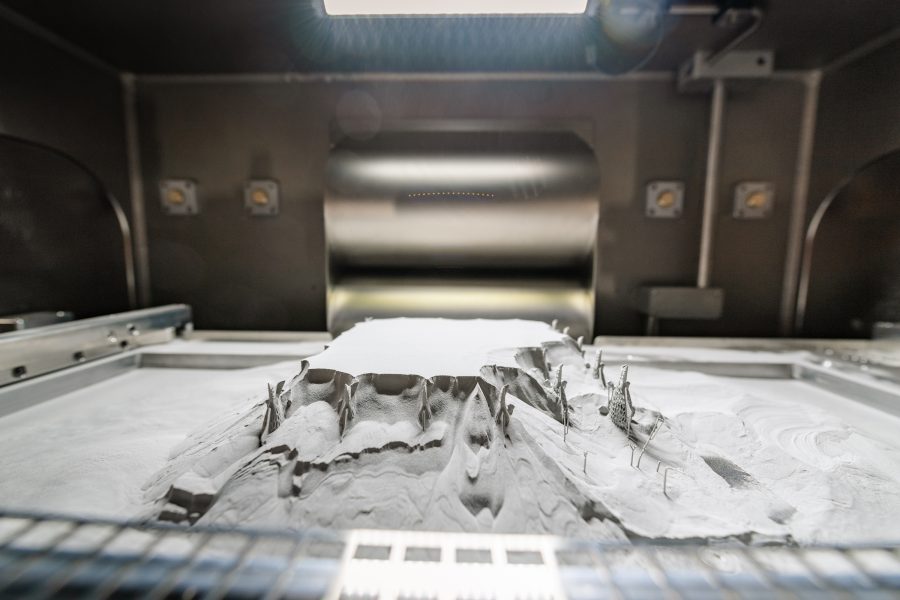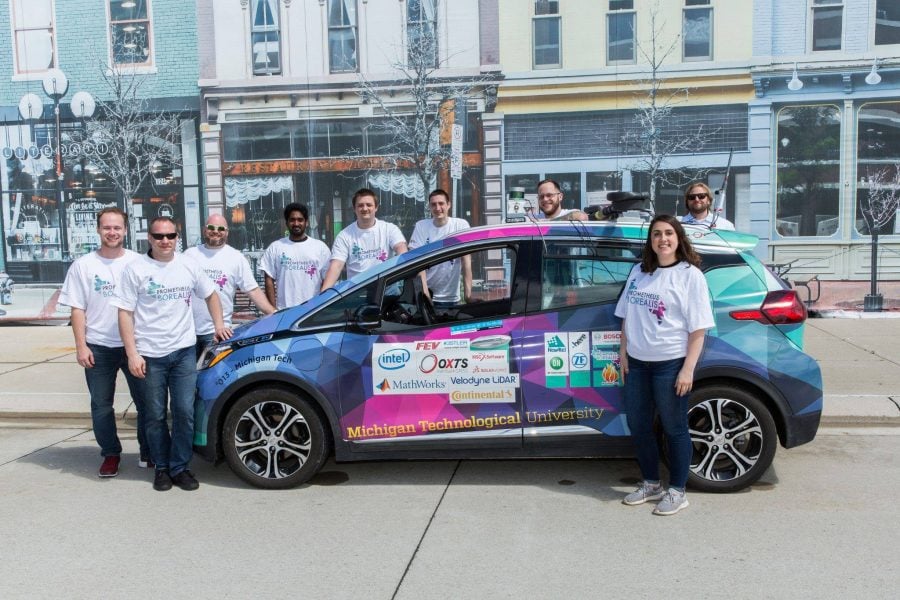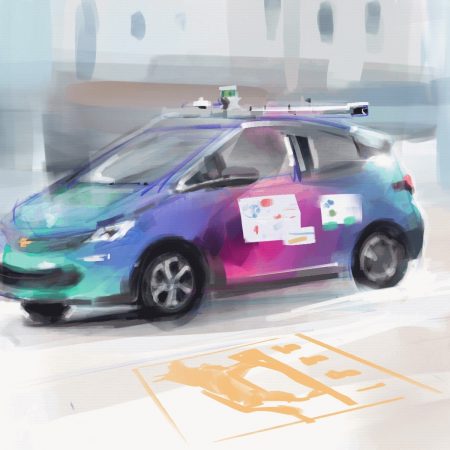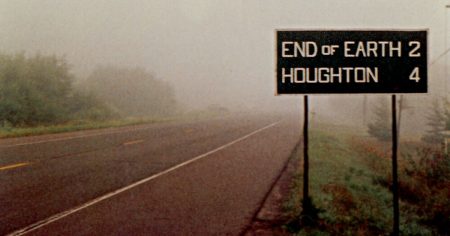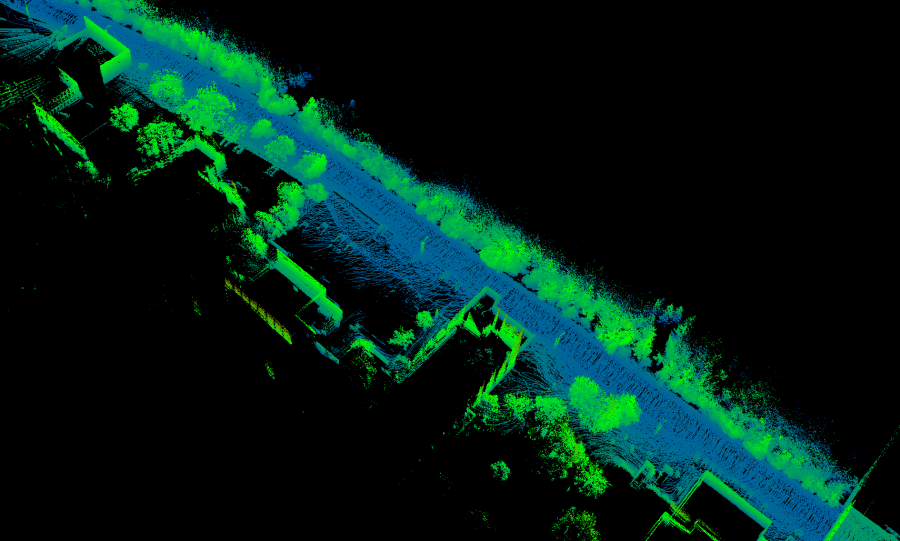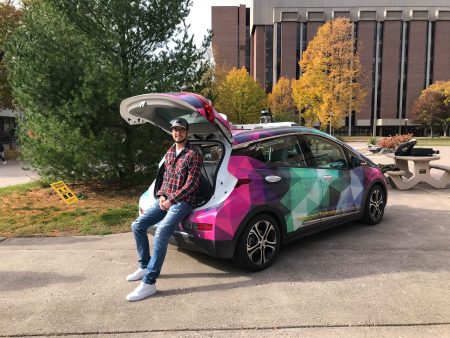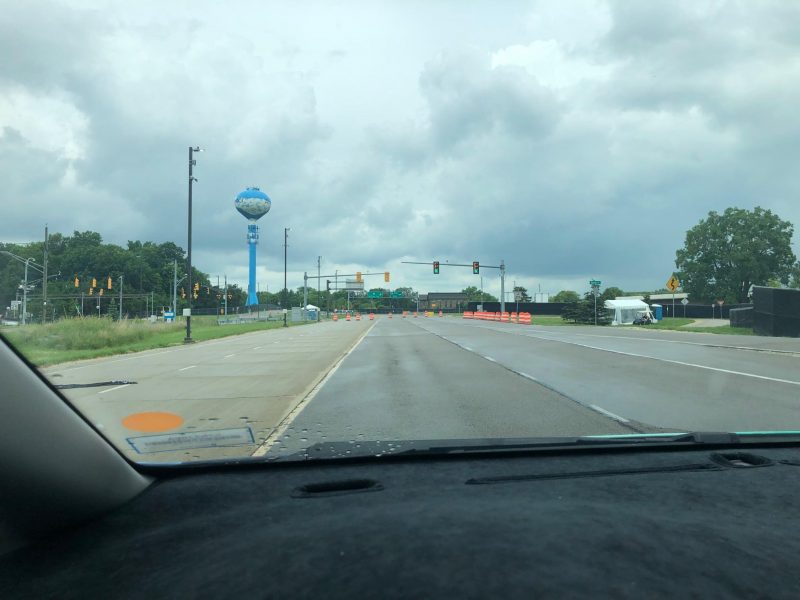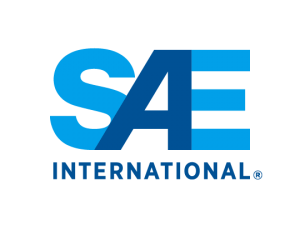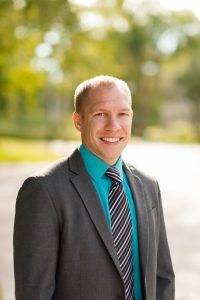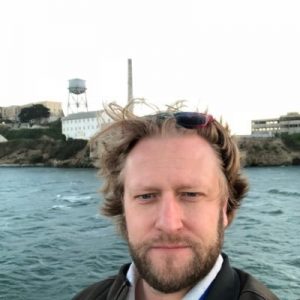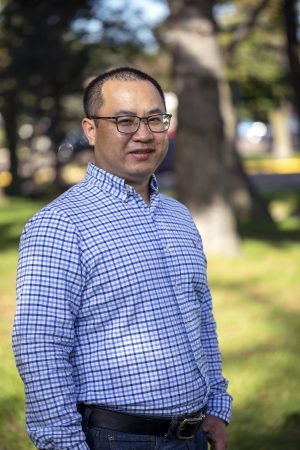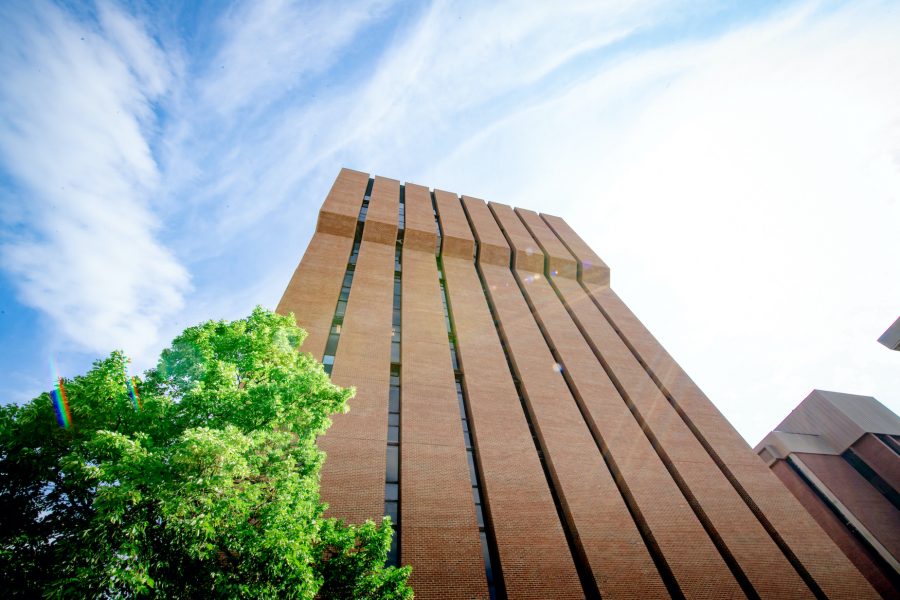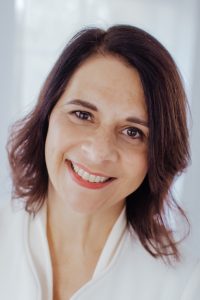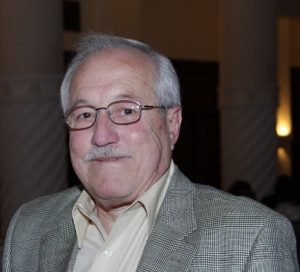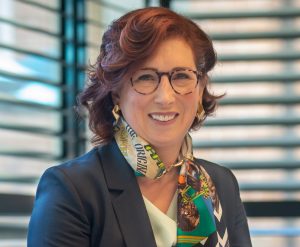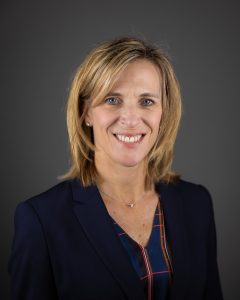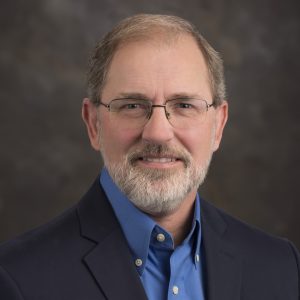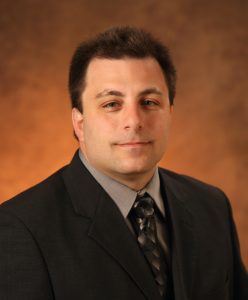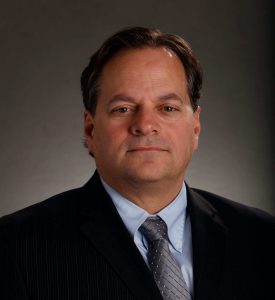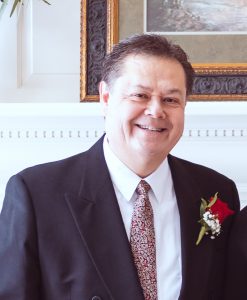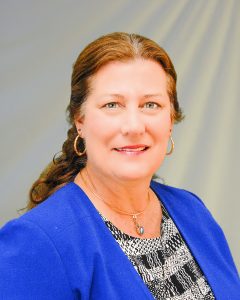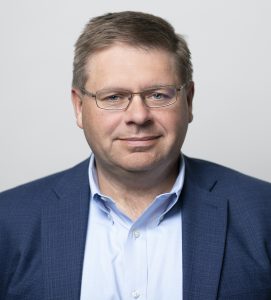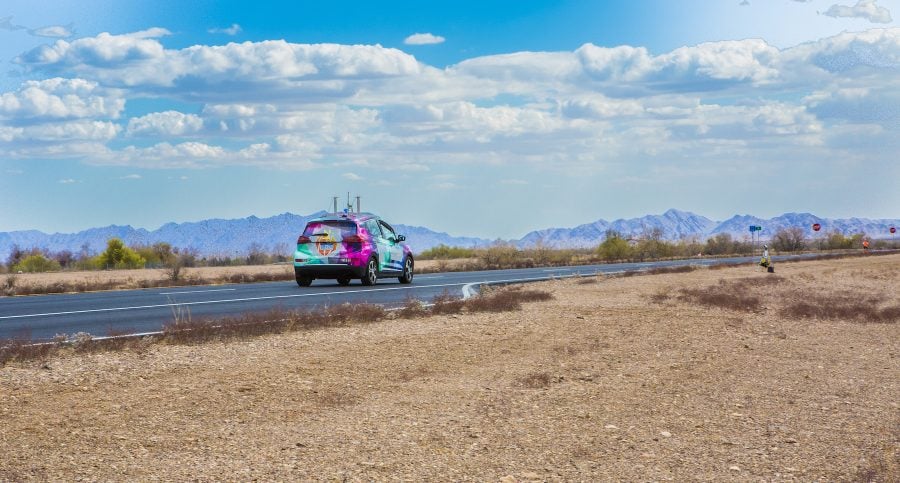
Michigan Tech is excited to launch Innovators in Industry: a project connecting students with MTU alumni who are industry experts, leaders, and influencers.
The initial three-part series kicks off on Monday, October 25 at 7 pm with a session titled, “The Future of Autonomous Vehicles and Mobility.”
Featured alumni for the session will be Sean Kelley ‘86 of the Mannik & Smith Group, Inc., an engineering and environmental sciences consulting firm; Mark Rakoski ‘95, of Mitsubishi Electric Automotive America Inc.; and Birgit Sorgenfrei ’91 of Ford Motor Company.
Janet Callahan, Dean of the College of Engineering, will host the first session. Jeremy Bos, assistant professor of Electrical and Computer Engineering (and also an alum) will serve as co-moderator. Bos earned a BS in Electrical Engineering at Michigan Tech in 2000 and a PhD in Electrical Engineering and Optics in 2012. He serves as advisor to Michigan Tech students taking part in the SAE AutoDrive Challenge.
The featured alumni will make short presentations with time for Q&A from the audience. All Michigan Tech students, faculty, and staff are invited to join the Zoom session.
During the session Sorgenfrei, Kelley, and Rakoski will discuss the future of autonomous automobiles and their design, and the design of the infrastructure with which those automobiles will need to communicate.
If the three alums could each go back in time, what would they have strived to learn while at Michigan Tech? They’ll share those insights with us, and provide valuable advice for students—those due to graduate soon, and in the next few years.
“Cars are some of the most complicated things out there, more complicated than jets or commercial aircraft. They’re basically really smart computers that move and let people get inside them.”
Sean Kelley is senior vice president and principal with the Mannik & Smith Group, Inc., a 370-person engineering and environmental sciences consulting firm with 15 offices in Michigan, Ohio and West Virginia. He earned a BS in Civil Engineering at Michigan Tech, and an MBA at Eastern Michigan University. He’s a registered Professional Engineer in both Michigan and Ohio.
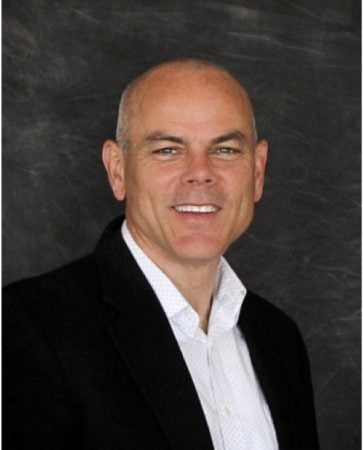
Kelley has led the development of infrastructure for closed-system test facilities to advance smart mobility technology, including three of the most significant facilities in the Midwest: University of Michigan’s Mcity in Ann Arbor; the American Center for Mobility located 30 minutes west of Detroit and the Transportation Research Center located at Honda’s North American test center in Central Ohio.
He’s a recognized leader in the engineering consulting industry in Michigan. His focus on both the public and private sectors allows him to understand and appreciate the challenges associated with creating and maintaining a well-functioning and sustainable infrastructure to support a high quality of life for everyone. Kelley is often a featured speaker at conferences related to transportation and smart mobility. He has two grown children—Morgan and Aaron—who share his passion for learning and helping to advance humanity and a healthier planet.
“Today there seems to be a huge disruption in the deeply embedded culture of the automotive industry: in order to get a common platform for smart mobility, there really has to be a lot more sharing and working together.”
Mark Rakoski is VP, Advanced Engineering at Mitsubishi Electric. He joined the company in 1996 as an application engineer, soon after earning his BS in Mechanical Engineering at Michigan Tech. Over the course of his career, he has served the company in various capacities, including as senior account manager for Fiat Chrysler Automobiles (FCA) and director and executive director for both the FCA and Ford accounts.
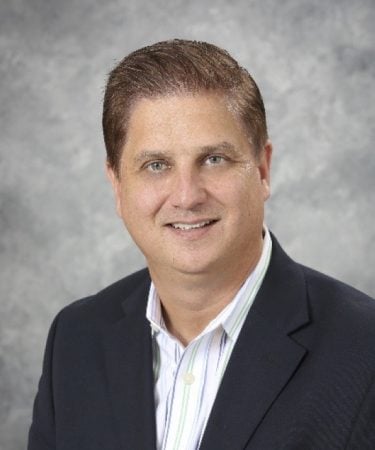
In his current position Rakoski is responsible for leading product development engineering teams for vehicle connectivity, autonomous sharing and electric solutions, and Mobility-as-a-Service—with specific focus on infotainment and advanced driver-assistance systems (ADAS).
In 2020, Rakoski was appointed to the Mitsubishi Electric Mobility Ventures (MEMO Ventures) Board. MEMO Ventures explores and funds ideas to create new business opportunities for the company’s Automotive Equipment Group (AEG) in the rapidly evolving mobility sector.
Rakoski is also responsible for Silicon Valley new ventures team management, contract negotiations, marketing and global strategic accounts management. He resides in South Lyon, Michigan.
“The auto industry has been assisting our customers while behind the wheel for years, starting with the introduction of cruise control in 1948. Working in Driver Assist Technology is exciting, as the technologies leading to self-driving vehicles are available to customers now to increase safety and convenience.”
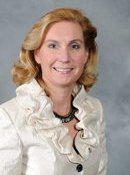
Birgit Sorgenfrei is currently a Driver Assist Technology Applications Lead at Ford Motor Company. She was previously Electrical Lead for Lincoln & Ford Programs, as well as a systems manager responsible for Autonomous Vehicle integration and advanced features for electrified vehicles. Her more than 20-year career at Ford includes research on sensors for electrical power assist steering systems, component and system radio design, vehicle planning, hybrid battery software delivery, fuel cell technology development, and the introduction of StartStop Technology to North America. Previously, she worked for General Electric, Johnson Controls Inc., IBM, General Motors, and internationally for Schlumberger Industries in France, the University of Hanover in Germany, and Ford Motor Company in England and Germany. Sorgenfrei earned her BS in Electrical Engineering at Michigan Tech in 1991, graduating summa cum laude. She then earned a MSEE degree from MIT, and later an MBA from the University of Michigan.
Other upcoming sessions of Innovators in Industry include:
Monday, November 1 – The Computing Revolution (hosted by the College of Computing)
Monday, November 8 – Entrepreneurship: Startups & Venture Capital (hosted by the College of Business)
All sessions will begin at 7 p.m. on Zoom.
The series is organized by the Office of Advancement and Alumni Engagement, Innovators in Industry aims to give students direct access to industry leaders to help shape their paths. Future plans for the Innovators in Industry series include in-person sessions and on-location visits for students to industry hubs.
